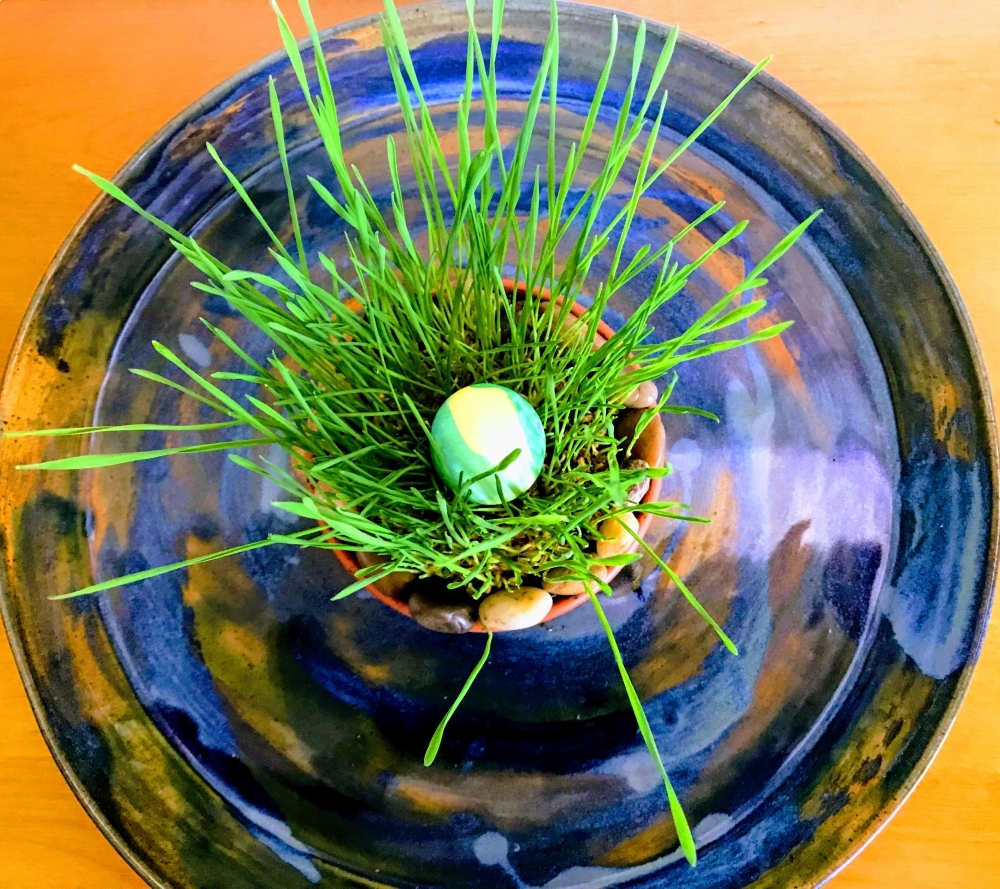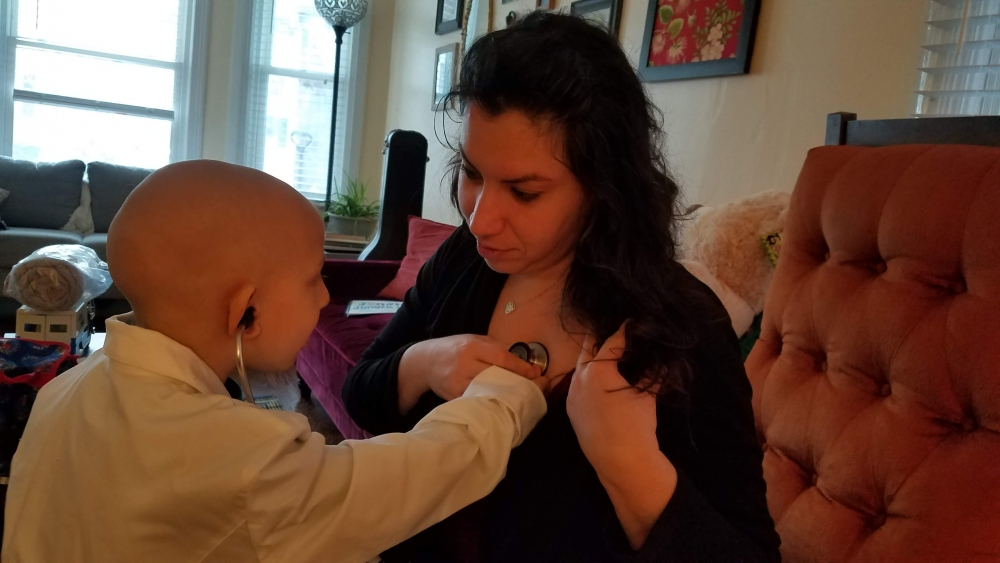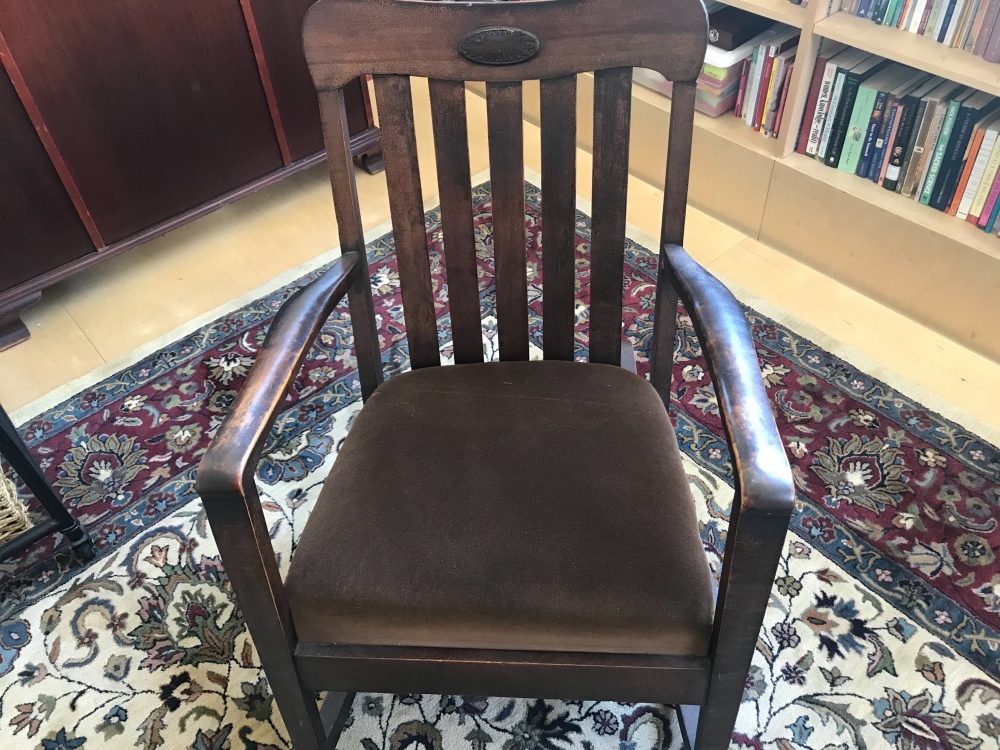Summer is the season of outdoor adventures, vacations, and family reunions. Reunions can be a lot of fun but also fraught with unfinished business dating back to childhood.
I have discovered it’s helpful to bring understanding of the characteristics connected to birth order to family functions. Life experience has taught me about birth order through my roles as a sibling, a teacher, and a grandmother.
I am number four of eight children. And it’s interesting to note, that I am the second girl, six years younger than the first. Whenever there is a gap of six or more years, the cycle of birth order begins again.
The first class I taught was a group of first graders, all but one of them was a firstborn or only child. Although I was their teacher, they taught me a lot, expecially about the importance of firm and kind authority. They were smart, ambitious, and wanted to do well. If I was uncertain in my leadership, they stepped in, which created confusion. I learned to shore up on leadership skills to meet their needs.
My grandsons are nineteen months apart in age. Little Brother focuses on Big Brother to learn how life works. Big Brother looks out for Little Brother. Their dynamic is close and competitive, but there is no doubt about who the leader is.
What do any of these facts have to do with anything? Ever since I have been reflecting on my experiences as a sibling, new teacher, and now a grandma, I have had an interest in birth order and created my own theories about it.
In addition to my own experiences, I have explored research on birth order. I felt it important as an educator to learn about the family’s influence on human development. The first book I discovered was Brothers and Sisters by Dr. Karl Koenig and the second one was The New Birth Order Book by Dr. Kevin Leman.
Children are born into families. If you are an only child, firstborn, middle or baby, your family position impacted you. Expectations, experience and self image are all affected by birth order. What I learned about birth order from both personal experience and books, helped me understand myself and others.
Personally, I found being a middle child allowed for an element of invisibility and the tendency to be a peacemaker. But, being six years younger than the oldest sister, put me in the position of also having some firstborn characteristics like over-responsibility and perfectionism.
When I learned the qualities of firstborn children, I became able to recognize them in people I met. I also understood what my first class of students was asking of me as far as authority and what they needed to learn as far as the ability to compromise and share. They wanted to please the authority and felt responsible for following the rules; they could be enforcers amongst their peers which did not help them in making friends.
With my grandchildren, reading the research about a family configuration with two boys less than two years apart lined up with what I was observing. It is the the most competitive combination in families. Our grandsons are acting according to their birth order; the firstborn leads and the second follows, wanting to do whatever Big Brother does and have whatever he has, which at times, leads to conflict.
My take-away from Koenig’s book is pithy and also packed with information for parents and educators. Koenig’s theory is that the first born comes for the sake of the parents. The second born comes for the firstborn and the third child is unbound by family, free to do their own thing.
Applying this theory to families is a fun exercise. It often rings true. Yet there are always exceptions and anomalies. Birth order is only one of many factors that impact human development. And each birth order has its strengths and weaknesses. For example, the firstborns’ responsibility and leadership qualities make things happen, but they can also be described as bossy. They play a big role in the family.
They not only keep the siblings in check, but they also train their parents in a new role. Basically, while raising their first child, new parents are raising themselves as well. Humorist, Erma Bombeck, puts it this way: have your firstborn, raise them, then throw them away, and start all over.
When it comes to only children, they are firstborn and babies all in one. Onlies have had a bad reputation when seen as self-centered, but conscious parents can educate their only children to have excellent social skills. I know a few for whom being an only has clearly been an asset.
When a second arrives, they bring a shift in parent-child dynamic from a singular to a shared focus. The seondborn gives the firstborn a cohort, a friend in the form of another child with lots of feedback about peer relationships. They work differently than relationships with adults.
The third child is free to focus outside of the family configuration to find their interests and friends. According to Koenig, when the fourth child comes, the birth order begins again with qualities of the firstborn – drive, leadership, and a desire to get things right which can manifest as perfectionism.
Of course, although it is useful, it can be reductionist to apply birth order qualities to individuals without considering the big picture. It is a place to begin in viewing a human being. There is more to individuals than birth order. As mentioned above, the lapse of time between same sex siblings has an impact. Six or more years between same sex children indicates a repeat of the firstborn characteristics.
Leman brings in the impact of the parents’ birth order, parenting style, and temperaments on the family as well. My mother was a firstborn and my father was a secondborn who took on the over-responsible role of the firstborn by default. Although they were both in many ways responsible firstborns, their temperaments were so different that their roles were defined by them, reducing conflict about who was in charge.
My husband was the baby in his family, number four of four and I was happy to read that a middle child is well-matched with a baby of the family. That’s because middle children are known for compromising and babies are generally attention-seeking and used to getting their way.
But I knew that we are well-matched because we have a successful marriage over more than three decades. The way I see it, the lived experience tells the truth beyond theory. One of the challenges in relationships is when firstborns come together (both want to be in charge) or babies (who want to get their way), but again, there is more to dynamics than birth order in the family.
At any rate, when you are at the family reunion, remember to have compassion for the firstborn who carries a burden of responsibility for the siblings. There is the firstborn girl and the firstborn male; each one has a role of taking charge in the family.
There is the middle child who may compromise, people-please, and choose peace at all costs. They can become resentful if they don’t learn to speak up. You might have compassion for them as well.
Then there is the baby, who will yearn for attention, having it their way, and going outside of the family structure to find meaning in life. Yet, I must say that the baby in my family is eight years younger than the next oldest child, so she is basically an only child, albeit one with many siblings/parents.
Each one has their role. And birth order can influence development. For example, the firstborn’s tendency toward perfectionism can shift with awareness, acceptance and forming new habits. The middle child can learn to balance the tendency to compromise or people-please by following their own inner guide. Even the baby can learn to let go of being the center of attention.
Families impact survival, development, and ongoing growth. We are who we are due in part to the family we were born or adopted into.
This year, when you are at a family reunion, if old uncomfortable thoughts arise triggering uncomfortable feelings, think about birth order and choices. Then look for a glimmer, a cue that helps you feel safety, joy, and connection. Let it grow within and spread to others.
I am grateful to have seven siblings with whom I share memories, relatives, and genetic predispositions. We get a kick out of how often we buy the same article of clothing or home decor item. Seriously, is taste passed along in the genes?
My siblings give me a window into who I am and who I am becoming. I am not only a middle child with a tendency to people-please along with a firstborn’s attachment to rule-following, I am an individual who has her own voice.
Thanks to family genes as well as lifestyle, I have a strong body, a nourished soul, and an active mind.
And I have people, people who love and care for me. We celebrate that bond (and many inside jokes) whenever we come together!




